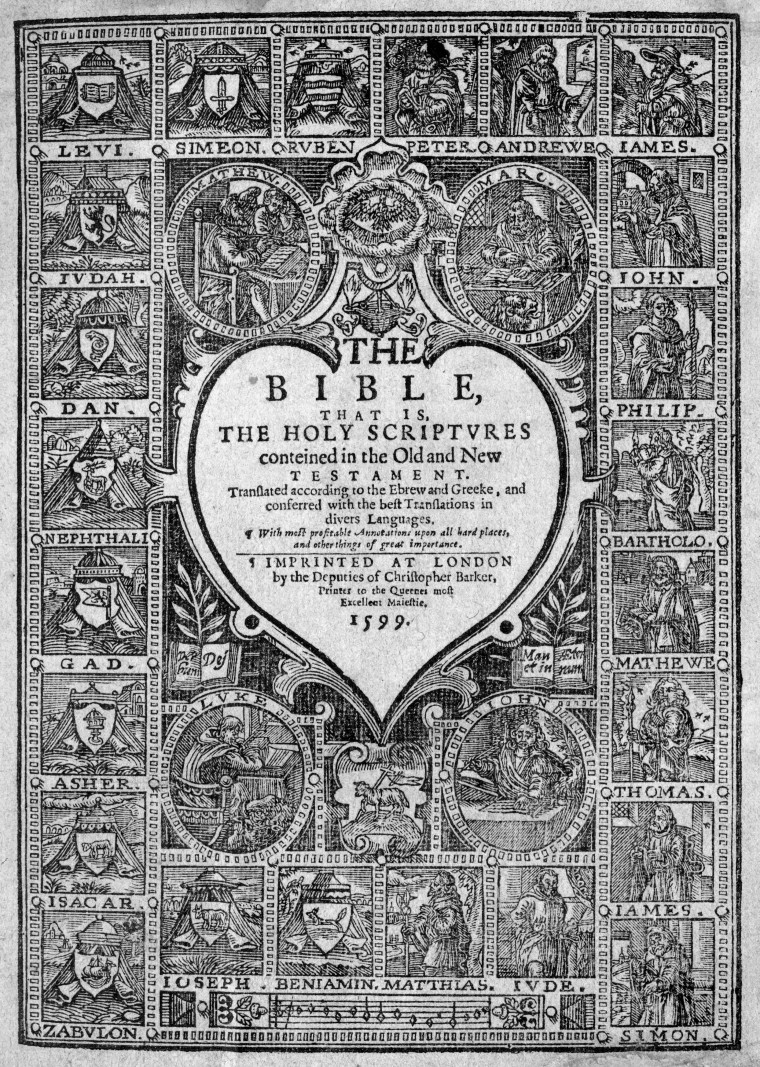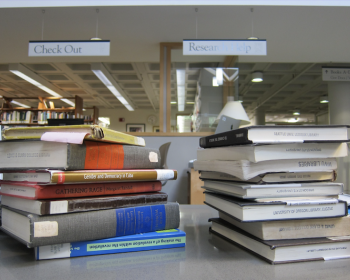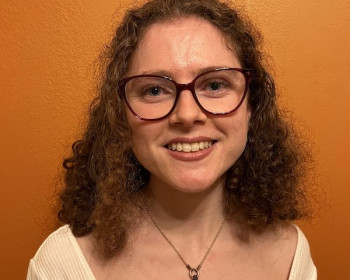Exhibit: Shaping the Bible: 500 Years of Interpretation, Translation, and Reformation
Since the Reformation, editors, printers, and scholars have experimented with the text, creating volumes that are more appealing, easy to understand, and readily accessible than they had been before. Our current exhibit can be found in the Atrium of Aubrey R. Watzek Library through July 2019.
Open gallery

In Shaping the Bible: 500 Years of Interpretation, Translation, and Reformation we explore some of the many ways in which readers have adapted the Bible. Since the Reformation, editors, printers, and scholars have experimented with the text, creating volumes that are more appealing, easy to understand, and readily accessible than they had been before. Print technology increased the copies of the Bible available (making them affordable) and translation made it possible for more people to read it. However, this accessibility went hand-in-hand with an impulse to interpret and control understanding of the text. Although worshipers were no longer dependent on priests to interpret Latin, editors could reorganize, annotate, and make translation decisions that filtered readers’ experience in more subtle ways.
Through works produced from the 1450s to the 1950s, including a recently donated 1574 Luther Bible and a controversial 1638 Geneva Bible (discussed a few years ago in the Washington Post), we examine the evolution of the human relationship with the divine. Including both a digital and physical exhibit that delve into the grotesque imagery of Apocalypse illustration, the exhibit can be found in the Atrium of Aubrey R. Watzek Library from 1 September through 1 March.
Curated by Lewis & Clark students Sydney Owada ’19, Emily Price ’18, and Mae Johnson ’19 as well as Professor Rob Kugler from the Religious Studies Department, this exciting exhibit displays treasures of Lewis & Clark’s special collections for the first time.
Aubrey R. Watzek Library is located in Watzek on the Undergraduate Campus.
email watzek@lclark.edu
voice 503-768-7270
Aubrey R. Watzek Library
Lewis & Clark
615 S. Palatine Hill Road
Portland OR 97219

